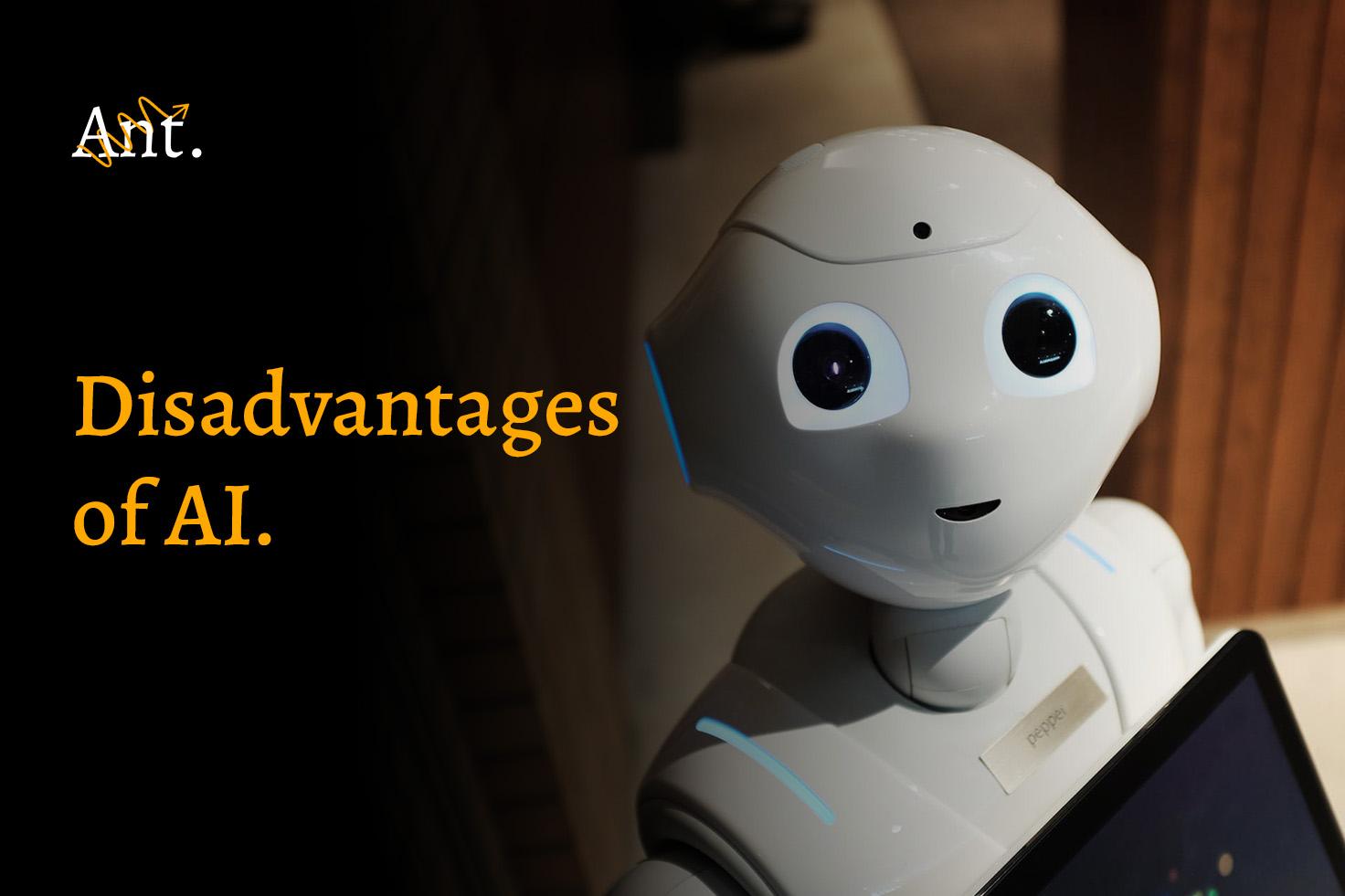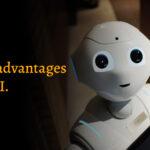The rise of AI writing tools has shaken the very foundations of academia. Students, armed with these digital scribes, can churn out seemingly flawless ai learning spanish. But educators, the guardians of academic integrity, are fighting back. Their weapon? A diverse arsenal of methods and tools designed to expose AI-generated content and ensure the sanctity of genuine, human-crafted work.
The Telltale Signs: Unmasking AI’s Disguise
AI, though sophisticated, still leaves behind telltale traces. Recognizing these red flags is the first step in identifying AI-generated writing:
Unnatural Flow: AI struggles to replicate the natural flow and rhythm of human writing. Watch out for stilted sentences, repetitive phrases, and an overreliance on clichés.
Shallow Analysis: AI excels at regurgitating facts, but it stumbles when it comes to critical thinking and original insights. Look for essays that lack depth, unique perspectives, or counterarguments.
Suspicious Topic Choice: Did the student choose a niche topic that perfectly aligns with the latest AI capabilities? This could be a sign of AI assistance.
Rapid Completion: Essays written in suspiciously short periods, especially without drafts or revisions, raise suspicion.
The Detective’s Toolkit: Tools of the Trade
Modern educators have a variety of tools at their disposal to uncover AI’s work:
Plagiarism Detection Software: These software giants, like Turnitin and Grammarly, analyze text for similarities with existing sources, including AI-generated content. While not foolproof, they can identify suspicious patterns and flag essays for further investigation.
Stylometric Analysis: This method analyzes the unique linguistic fingerprints of an author, including sentence length, vocabulary choices, and grammatical patterns. AI struggles to mimic these subtle nuances, making it a valuable tool for exposing its work.
Originality Reports: Some plagiarism detection software generates reports that highlight unique phrases and uncommon word combinations, providing educators with additional clues to identify AI-generated content.
Beyond the Tools: Pedagogical Strategies
Technology is only one piece of the puzzle. Educators also employ pedagogical strategies to foster original thinking and make AI detection easier
Focus on Process: Encourage students to submit drafts and revisions, showcasing their thought process and highlighting the evolution of their ideas.
Diversify Assignments: Move beyond traditional essays to projects, presentations, and portfolios. These formats rely less on text, making AI’s limitations more apparent.
Critical Thinking Exercises: Integrate activities that encourage analysis, argumentation, and evaluation of sources. These skills are AI’s Achilles’ heel, making them crucial for distinguishing human from machine-generated work.
The Evolving Landscape: A Continuous Battle
The fight against AI plagiarism is an ongoing arms race. As AI technology advances, its ability to mimic human writing improves. This necessitates constant adaptation and vigilance from educators. Schools must stay informed about the latest AI capabilities, update their detection methods, and adapt their pedagogical practices accordingly.
Conclusion
The rise of AI writing tools is not a threat to education, but rather an opportunity to refine it. By how is ai detected in writing approach that combines technological tools, sound pedagogical practices, and open communication, schools can ensure that AI enhances, not undermines, the learning process. This collaboration will foster a generation of students equipped with critical thinking skills, the ability to discern genuine knowledge from AI-generated simulacra, and the confidence to express their own unique voices in a world increasingly shaped by technology.
FAQs
Can AI plagiarism detection software completely eliminate the problem? No, these tools are not foolproof and can be fooled by sophisticated AI-generated content. They should be used as one part of a comprehensive approach.
What if a student submits AI-generated content unknowingly? Schools should consider intent and provide opportunities for clarification and learning before imposing penalties.
How can schools ensure fairness and avoid bias in their AI plagiarism detection methods? Transparency in algorithms and data sets used is crucial to avoid bias and ensure fair application of the policy.
What role can students play in preventing AI plagiarism? Students can uphold academic integrity by focusing on genuine learning, proper citation, and seeking help from teachers when needed.


